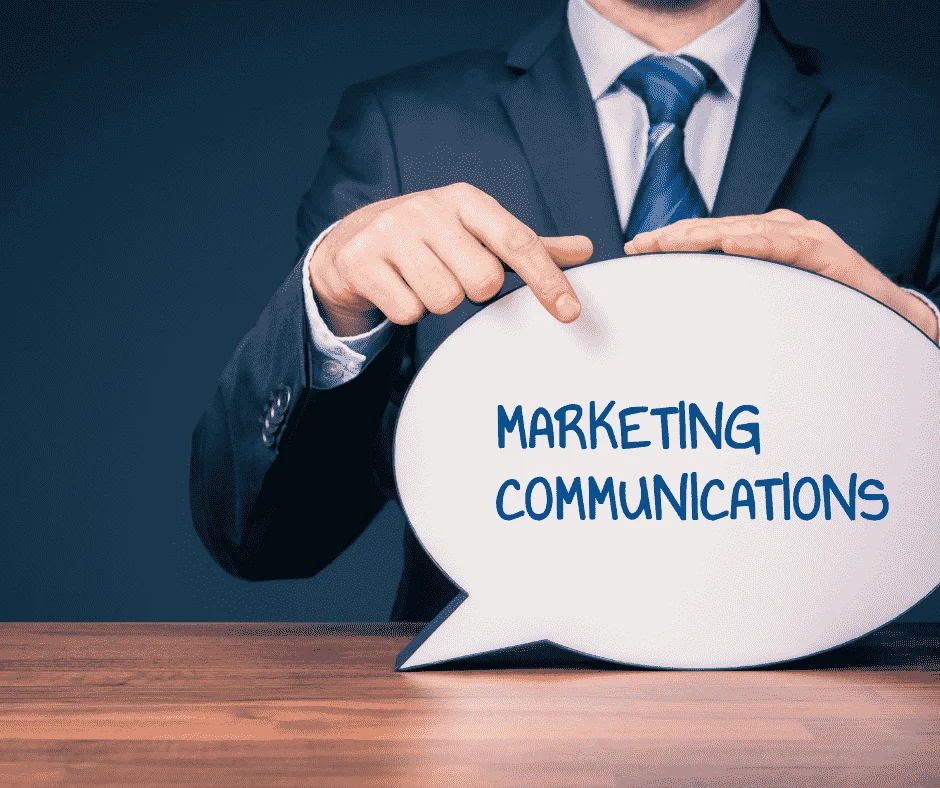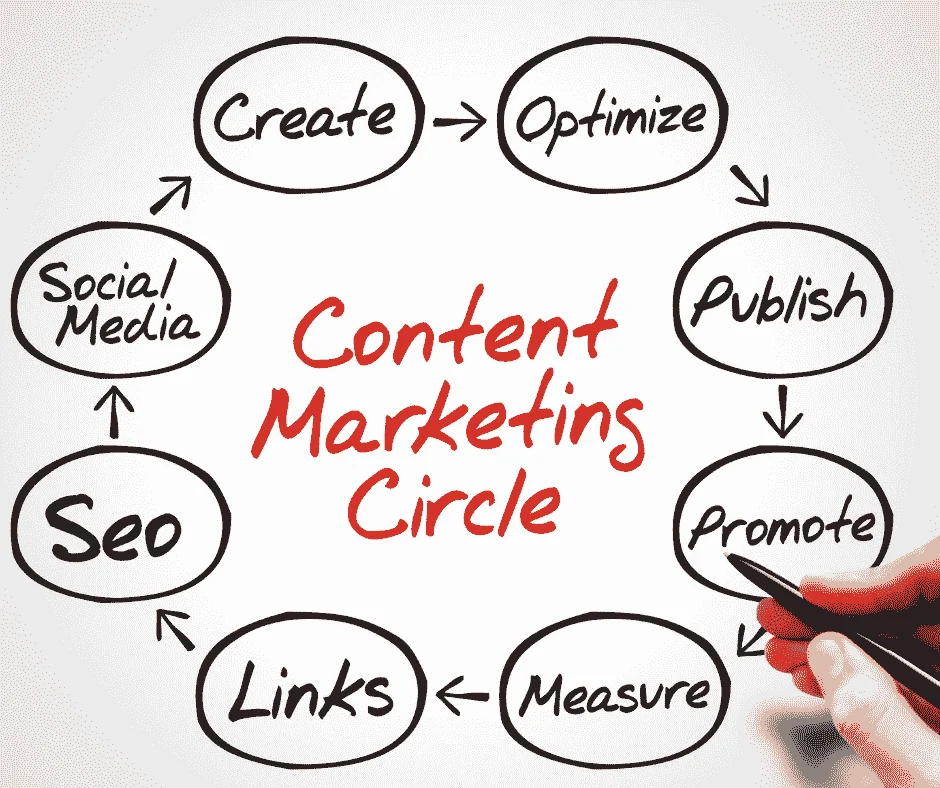
Imagine you have created a life-changing product. The product has the potential to make you a billionaire, but no one knows about it.
Can you succeed without communicating the benefits of your product to your target audience?
Certainly not. If you want to help them solve their problem and spread the word about your brand, you need to actively communicate your solution.
Marketing communications aims to connect with your audience using messages and media. It includes advertisements, direct marketing, social media marketing, and sponsorships. Direct marketing, print advertising, TV and radio ads are traditional forms of marketing. Digital marketing, including social media marketing, boomed in the last twenty years with the advent of internet and mobile communications.
When you are building your brand, the key is to communicate your ideas, motives, and purpose properly. If your message does not match the needs and wants of your target audience, you can end up spending a fortune on marketing and still see limited results.
Remember, no matter which channel you are using, communication is the key!
Let’s look at some examples.
Example 1. We’re all familiar with one of the most commonly used forms of marketing communications: billboards or banners.

Wherever you go, you will find it representing a new offer, the unique selling point (USP) of a brand, or how the brand is helping us solve our core problems.
It is common for billboards to be placed along highways and in cities where there is high traffic, so they are seen by the most drivers and pedestrians.
Advertising on billboards is a great way to build brand awareness and to get your business (or product or campaign) in front of as many people as possible.
It is effective in gaining the attention of potential customers or at least being in front of them until the time they decide to make a sale.
In the end, it is the intention of every business step to generate sales.
Example 2: Content Marketing
Content marketing is one of the key elements of digital marketing and it continues to grow at an amazing pace. It involves publishing content on a website, social media or other platforms that communicates your core message.
In the past, small businesses have struggled to stay competitive due to the constant need for adding new content, but advances in marketing technology has greatly simplified content creation .

If used strategically, content marketing can be one of the most profit-making efforts.
Via good content, you can convey your brand’s message to your customers in the most straightforward way possible.
Content can be of any kind: Blogs, Podcasts, Email, and Social Media Posts.
Across all of these platforms, it’s important to keep your brand identity intact and your messaging well aligned.
By blogging, creating premium content, automating marketing, and adding dynamic range to your website, you can help your potential clients learn more about you before they reach out to you.
The creation of memorable campaigns could be one of the beneficial processes as well. A social media marketing campaign combined with email marketing and search engine optimization can produce exceptional results.
The foundation for profitable long-term relationships is built when you stay in touch with customers, treat them as valuable connections, and invite feedback.
Consumers rely on word-of-mouth, personal opinions, and relationships to make decisions, which makes marketing communication tools such as social media, public relations, and geolocation valuable.
The fundamental goals behind establishing powerful communication between consumers and brands are as follows:
- Communicate messages and ideas clearly to your target audience
- Introduce your product to potential leads
- Position your brand to shine against the competition
- Improve the awareness of your product or services
- Influence the buying decisions of your target audience
- Create a positive brand image
- Achieve brand recognition, trust, and transparency
The primary interaction with your customer should begin today, regardless of the size of your business. Are you interested in finding the optimal communication strategy for your brand? Check out our guides and tutorials in Plumfind Academy. Feel free to reach out to us with your comments and questions. We’d love to hear from you!
About the author(s):
Natasha is our Social Media Manager, a law student, and marketing enthusiast. She loves strategizing different methods to get results. A big fan of startups and their psychological aspects. She loves to travel and interact with locals to know the history of those places. She lives in Jaipur, India.